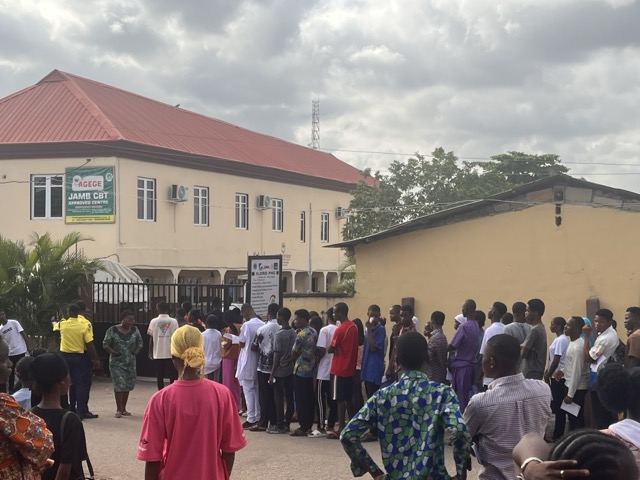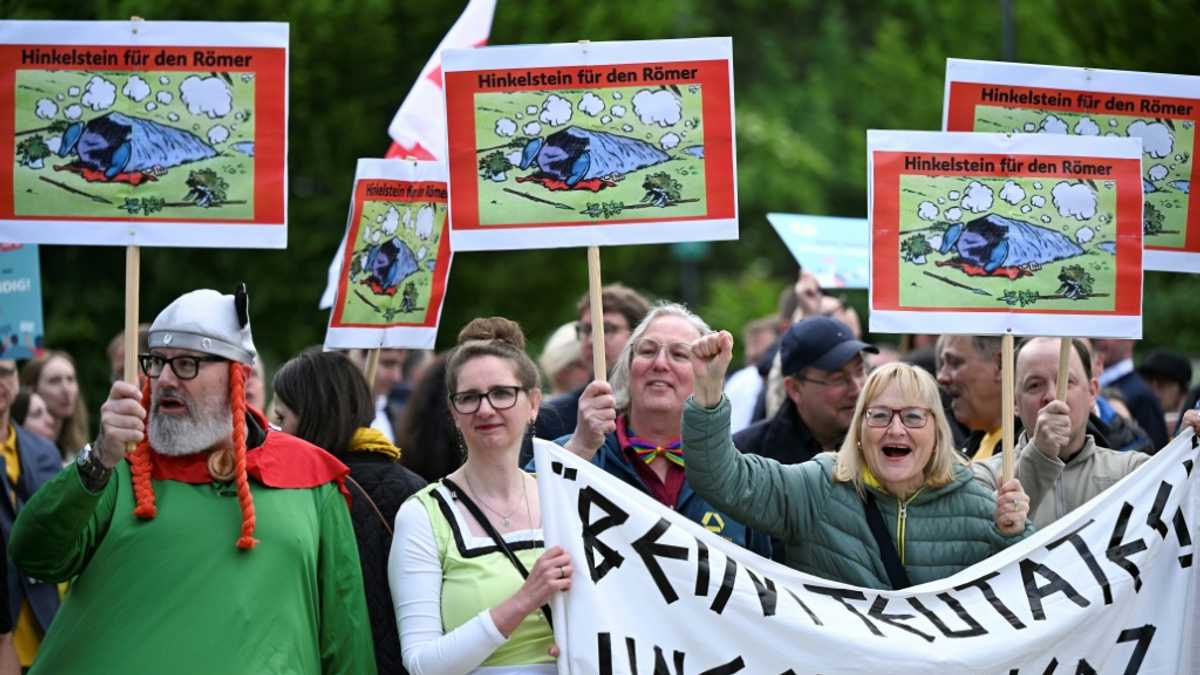Warmer temperatures and the chance to spot shooting stars: ITV Channel's May Weather Watch | ITV News Channel
The sun is getting stronger, our nights shorter and our days warmer - May has arrived!
Although we are still in spring, in many of our minds May has come to be associated with the start of summer. But will the weather reflect this sunny outlook?
Read on for the answer to all of your meteorological musings.
Across Britain, 'May Day' celebrations take place on the first of the month. The festival dates back hundreds of years and is celebrated halfway between the spring equinox and the summer solstice.
It is true that May can deliver us the first few days of 'beach weather' - southerly or easterly winds can carry warmer air our way and see the mercury climb up to mid-20s, which is exactly what happened at the beginning of this month.
However, our average maximum daily temperature in May is more moderate, hovering around 17°C.
While our sea temperature is still on the chilly side, at around 12°C, it is rapidly warming - increasing by about 0.5°C a week.
We tend to experience more periods of high pressure in May than any other month, which brings us long spells of fine and settled weather.
May is therefore one of our drier months, seeing less rain on average (53.6mm) than August (62.0mm).
Sunshine is also in strong supply. On average, we experience 8.3 sunshine hours a day in May, again higher than August which sits at 8.0 hours - although this is partly due to the longer days we experience in May.
By the end of the month we will have the sun will rise just after 5am and not set until after 9pm - giving us 16 hours of daylight.
It is important to be mindful of high UV levels in May, with the power of the sun increasing as we approach the longest day of the year.
This Liberation Day marks 80 years since the Channel Islands were freed from German Occupation during World War Two - but what was our weather doing on that historic day, 9 May 1945?
Well, it was cloudy in the morning with the sun coming out later in the day - rather fittingly, the weather brightened to match the mood.
Temperatures were above average, reaching a maximum of 17.3°C with light winds.
It is a good month to look out for rare birds like bee-eaters and turtle doves.
In terms of breeding birds, chicks are often hatched by now and are just starting to leave their nests.
If you have a nestbox, keep an eye out for great tits. These birds usually lay seven to nine eggs in April or May, with the baby birds hatching around two weeks later.
Meanwhile, our islands' puffins will have laid their eggs by now and be incubating them.
The birds lay only a single egg, usually in late April or early May. The chick will hatch about six weeks later and the parents share feeding duties until their baby is ready to fledge and leave the nest.
In terms of plant life, thrift is common around our islands' coastlines. This plant produces carpets of distinctive pink flowers in late May.
Gorse is another distinctive sight along our shores. It flowers all year round but peaks from April to May.
The Eta Aquarid meteor shower is set to light up our night skies this month.
It peaks on 5 May but is visible until the end of the month.
Up to 40 meteors per hour can be visible at the height of activity. You will have the best chance of spotting shooting stars if you head outside on a clear night, between midnight and dawn, and avoid light pollution.
Towards the end of the month, you may be able to catch a glimpse of rare noctilucent clouds very high up that appear as wisps with a blue or silvery glow.
You can see them in the sky on clear nights from the end of May through to August.
This is because during these months, the sun only just sets below the horizon at night time - meaning the very high noctilucent clouds are illuminated by the sun from below while the sky is in darkness.
This year's May full moon fell on the 12th of the month. It is known as a flower moon, originating from the fact that wildflowers are blooming and in splendour at this time of year.
It was also a micromoon, appearing a little smaller and dimmer than usual.
This occurs because the moon is at its furthest point from Earth, so it looks about 14% smaller and 30% less bright than a supermoon.
- Liberation Day for Jersey and Guernsey
- Liberation Day for Sark
- Candidate nominations open for Guernsey's election
12 May - May's full flower moon
16 May - Liberation Day for Alderney












